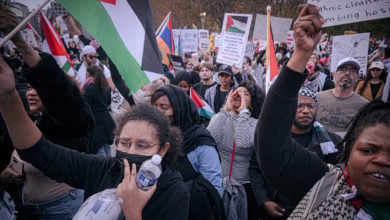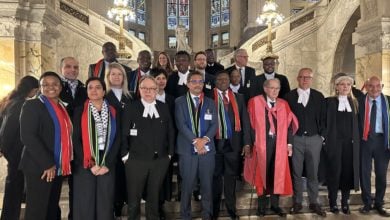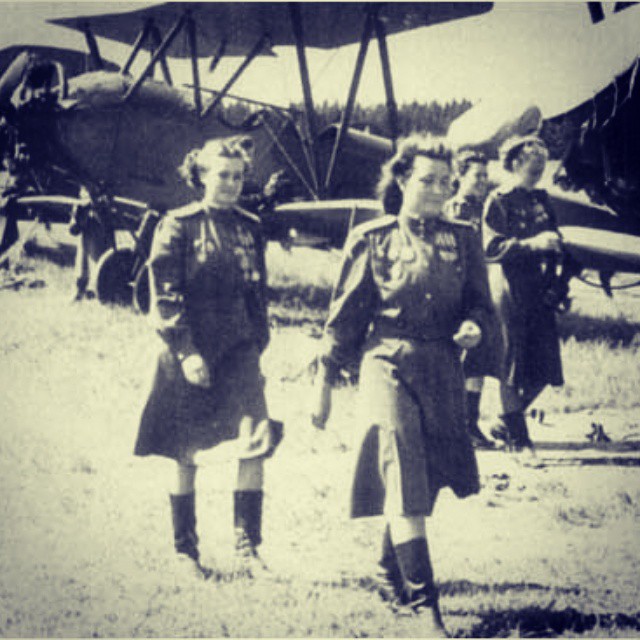Large swaths of Baghdad were on lockdown May 6, as Iraqi military and police forces fanned out across the city and put up barricades around the most politically sensitive areas.
This massive show of force, however, had nothing to do with the war raging against ISIS to the west and north. Instead, the Iraqi government was desperately trying to avoid a repeat of the events of April 30, when thousands of protesters breached the infamous and heavily-guarded “Green Zone” that houses the main government buildings and stormed the parliament.
Prime Minister Haider al-Abadi issued strict orders to security forces to prevent another humiliating incursion. However, a massive demonstration is expected to take place within days.
The protest movement that has led to a profound crisis at the highest levels of the Iraqi state has two closely-linked primary demands: an end to endemic corruption and the formation of a cabinet of independent technocrats to be appointed on the basis of their professional credentials alone, irrespective of their sectarian background.
Sectarian system a legacy of U.S. occupation
U.S. imperialism thought that the 2003 invasion of Iraq would be a cakewalk, and a springboard for a much more ambitious offensive in the Middle East. Notorious war criminal and then-Defense Secretary Donald Rumsfeld infamously predicted that the war would take “six days, six weeks, I doubt six months”. Instead, the Iraqi people fiercely resisted the occupation and halted the menacing U.S. advance in the region.
In response, the Bush administration deployed the classic strategy of imperialism – divide and conquer. They sought to fracture Iraqi society into three parts: Sunni Arabs, Shiite Arabs and Kurds. Tensions between these groups existed prior to the occupation, but there was a strong sense of Iraqi national consciousness that the invading powers needed to shred.
One of the main ways this strategy was implemented was the imposition of a sectarian quota system at the top levels of the new Iraqi government. Under this arrangement, the country’s president was always to be a Kurd, the Prime Minister a Shiite and the Speaker of Parliament a Sunni. Cabinet positions and the three Vice Presidential positions were also divided on a sectarian basis.
The U.S.-imposed quota system (this should not be confused with affirmative action policies, which also involve quotas but have a progressive character) has been a disaster for Iraqi society. It has facilitated corruption and gross incompetence, leading to decaying infrastructure, poorly administered social programs and a civil service rendered highly ineffective by patronage. It is questionable whether or not the high-level political actors involved in the crisis are sincere opponents of sectarianism, but there was a deep reservoir of popular frustration with this arrangement waiting to be tapped.
Shia alliance fractures
When protests against corruption and the sectarian power-sharing system broke out last year, the leadership was largely secular. Corruption and poor service delivery were also central issues raised during the Arab Spring-inspired wave of protests in Iraq in 2011, which similarly had a secular orientation.
However, followers of Muqtada al-Sadr gained control of the movement following the intervention of Grand Ayatollah Ali al-Sistani, the highest Shiite religious authority in the country. On August 7, Sistani declared through a representative that Abadi must root out corruption “with an iron fist” and threw his weight behind the demand that the Prime Minister form a technocratic government.
What prompted Sadr and Sistani to come out against the sectarian system? It is impossible to know the full extent of the behind-the-scenes power struggles, but it had certainly become clear that Abadi’s government and its predecessors in the post-invasion period were so incompetent that it posed a major threat to the stability of the Iraqi state itself.
As the protest movement in 2011 and 2015 showed, there is widespread anger at the political elite of all sectarian backgrounds. It is often necessary to pay bribes to access even the most basic government services, a situation made all the more intolerable by the widespread poverty that is a consequence of a quarter century of non-stop U.S. aggression. The popular legitimacy of the entire political system is called into question by this extreme corruption.
Furthermore, core state institutions have become extremely fragile and ineffective as a consequence of sectarian patronage. Nothing exemplifies this more than the collapse of the Iraqi National Army during ISIS’ lightening offensive across the country in 2014. In the face of an enemy many times smaller and far worse equipped, the INA in most cases simply fled. In fact, 50,000 troops (roughly one fifth of the size of the national army) turned out to be “ghost soldiers” – fictitious members of the armed forces who existed on paper so that officers could collect their salaries.
In February, Sadr presided over a huge demonstration of hundreds of thousands. In late March, the struggle escalated with the launch of a sit-in just outside the gates of the Green Zone. A week later, Sadr himself entered the elite compound and set up a tent where he held his own one-man protest – with the implied threat that his thousands of supporters could follow him in at any time.
While Sadr comes from a famous family of Shiite religious leaders, he has always sought to carve out a public profile as an Iraqi nationalist. Following the U.S.-led invasion, he was the resistance leader most despised and feared by the occupying armies.
After a period of exile in Iran, he returned to the country in 2011. His supporters compose the second largest bloc in the Iraqi parliament, and Abadi relies on their support to maintain his majority – a position Sadr has leveraged in the ongoing crisis. The militia he led during the occupation – the Mahdi Army – has been disbanded, but it has now been replaced by a new formation numbering in the tens of thousands called the Peace Brigades, which under the umbrella of the Popular Mobilization Forces are playing an important role in the fight against ISIS.
Under tremendous pressure, Abadi relented and adopted the demands of the protest movement as his own. However, this does not mean that the non-sectarian cabinet is a done deal. In fact, two previous attempts in recent weeks by the Prime Minister to replace his ministers have been rejected by parliament. There are still powerful forces defending the sectarian system.
Abadi is a member of the Dawa Party, one of the oldest Shia religious political formations in the country that Sadr’s grandfather played a key role in founding. Abadi’s predecessor from 2006 to 2014, Nouri al-Maliki, is a member of the same party but was forced to resign following the disastrous collapse of the Iraqi army as ISIS captured much of the country.
However, Maliki has no intentions of fading into the background, and leads a faction of the Dawa Party opposed to Abadi. Maliki is generally considered to favor a foreign policy orientation that is friendlier to Iran, while Abadi has fewer reservations about working with the U.S. government.
Maliki is opposed to the demand for a technocratic cabinet, but is still willing to intervene in order to better his political positioning. Pro-Maliki lawmakers were able to use a sit-in held by dozens of Members of Parliament on April 14 that was initially aimed at supporting the anti-sectarian movement to hold a no-confidence motion to oust Speaker Salim al-Jabouri. Jabouri, a leading Sunni politician, claims that the legislature did not have a quorum at the time and refuses to recognize the result of the vote.
Political turbulence reflected on the battlefield
The advance against ISIS in Iraq has been painfully slow. It is carried out by a patchwork of armed groups – the largely Shiite Arab and Turkmen Popular Mobilization Forces, the Iraqi National Army, the Kurdish Peshmerga, and Sunni Arab forces (some of whom fight under the umbrella of the Popular Mobilization and others in independent formations, while Sunni politicians have long demanded the formation of a National Guard under the authority of provincial governors).
The tragic and criminal consequences of U.S. imperialism’s divide and conquer strategy continue to be acutely felt. The existence of ISIS itself is a legacy of this. The Islamic State of Iraq, the predecessor to ISIS, emerged at the height of the fratricidal violence encouraged by the occupation and rose to prominence by carrying out massacres against Shiite civilians.
ISIS’ surprise offensive temporarily suppressed sectarian tensions at the very beginning of the conflict as it appeared possible that they would overrun Baghdad. However, as the battle lines stabilized and Iraqi forces made gains, recapturing Tikrit and reversing the humiliating loss of Ramadi in 2015, this relative cohesion is breaking down.
As the decisive battle for Mosul, the second largest city in the country, approaches, the question of who will rule post-ISIS Iraq becomes dominant. Ironically, military victories undermine the political incentive to press the advance.
U.S. imperialism has been taking advantage of the chaos to escalate its military presence in the country. In addition to the bombing campaign, thousands of troops have been deployed and, as the death of a U.S. Navy SEAL in Northern Iraq earlier this month shows, are playing an increasingly direct role in the fighting.
The tangled web of problems facing Iraqi society cannot be resolved if it is under the boot of imperialism. The U.S. anti-war movement can play a positive role by opposing all attempts by the criminals who shredded Iraq in the first place – the Pentagon and Wall Street – to reinsert itself into the country.






